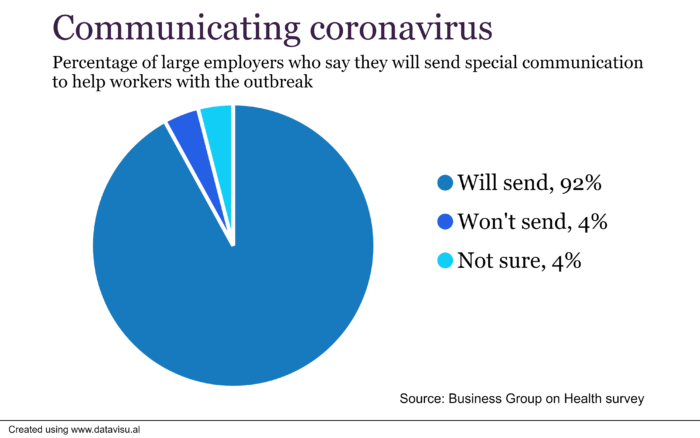
iStock/Funtay
During the last several months, human resources and business leaders at construction companies had to rapidly adjust to the “new normal” for continuing business operations during COVID-19. As many states deemed the industries’ personnel essential during a period when many companies closed, employers were left relying on business contingency plans to assist with quickly adapting operations to address new risks, and health and wellness concerns from their workforce.
To avoid risks, maintain productivity and improve employee wellbeing during this time to ensure their business survives, HR and business leaders have focused on tasks centered on safety, skills and supporting employees. Concentrating on these three areas, construction companies are able to improve employee retention and recruitment efforts, and boost productivity — all while reducing costly disruptions to their operations.
This will continue to be mission critical for companies to implement a holistic employee engagement plan, backed by technology solutions and tactics, as they continue to address the various phases of the pandemic. This article will touch on a few ways employers can bolster their employee wellness efforts to reduce risks until a vaccine is widely available.
It’s clear that employees have experienced various levels of emotions over the last several months as a result of the pandemic. For some, this has triggered stress, anxiety, fear and other negative emotions which can impact their behavior and the safety of others, and the overall productivity at the company. By emphasizing the importance of transparency and education, employers can assist workers with overcoming their concerns associated with the virus.
This requires companies to address pandemic concerns (as well as non-pandemic concerns) in a quick, respectful and accurate manner. This applies to health and safety compliance, as well as everyday matters like healthcare coverage and PTO. Delivering honest, up-to-date information to employees can boost camaraderie, increase employees’ confidence and control rumors. This can be achieved by using a combination of the proper policies and the proper workforce management technology, to ensure companies can efficiently supply that information and lift up the workforce.
Now more than ever is it important for companies to decide on the kind of employee experience that they’re trying to achieve. Business and HR leaders at construction companies are faced with the task of creating and reshaping this experience not only within a traditional workplace setting for administrators and managers, but at various job sites. Once an employee experience is defined, companies are better equipped to leverage the latest best-of-breed workforce management technology solutions which will support their desired employee experience. This will further instill confidence in their employees knowing they have taken the necessary precautions to create a safe and healthy environment.
From there, companies can comprehensively ensure employees returning to the workplace and job sites are up to speed on changes in compliance requirements and effectively communicate new standards over time. With an assist from talent management technology and other tools, an organization can introduce compliance training to maintain a safe workplace and job site that meets the needs of both employees and regulators. In addition, this training can help companies adhere to standards issued by OSHA and other regulatory agencies throughout the pandemic.
As the pandemic has prompted some construction companies to lay off or furlough workers within offices, this has left the remaining employees to assume new duties. For these workers, up-skilling and re-skilling can help stabilize business operations during this time.
A talent management solution can simplify various training initiatives in the workplace, as can tools like instant messaging and video conferencing. As employees are rehired as operations begin to stabilize, the use of talent management technology can assist with remote training during on-boarding. While the use of this technology is essential to streamline tasks, it is important not to overlook the human element when adopting technology to educate the workforce — as it will continue to be a driving factor of employee engagement.
Business and HR leaders within the construction industry will need to constantly revaluate how they are engaging with their employees throughout the pandemic. This will assist with reducing health and safety risks, which can greatly affect employee retention and morale during this time. By having a comprehensive strategy in place, which leverages listening to employees, guidelines set by regulatory agencies and best practices, companies can effectively engage with their employees during these challenging times to ensure their wellbeing.
Jennifer Ho is vice president of human resources for Ascentis.





